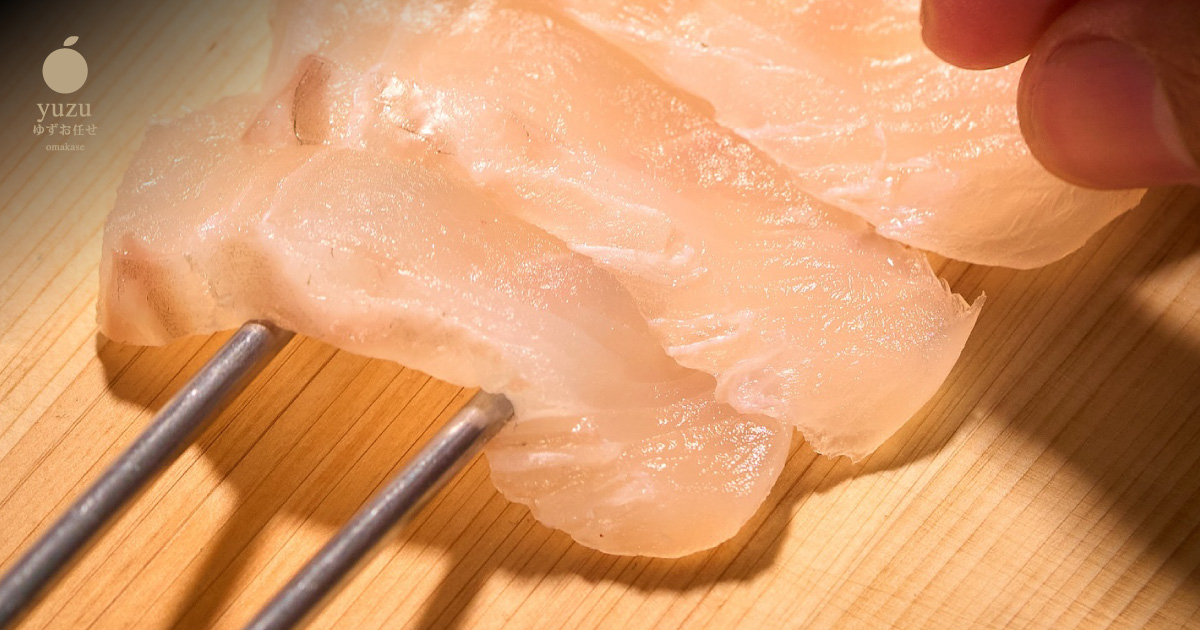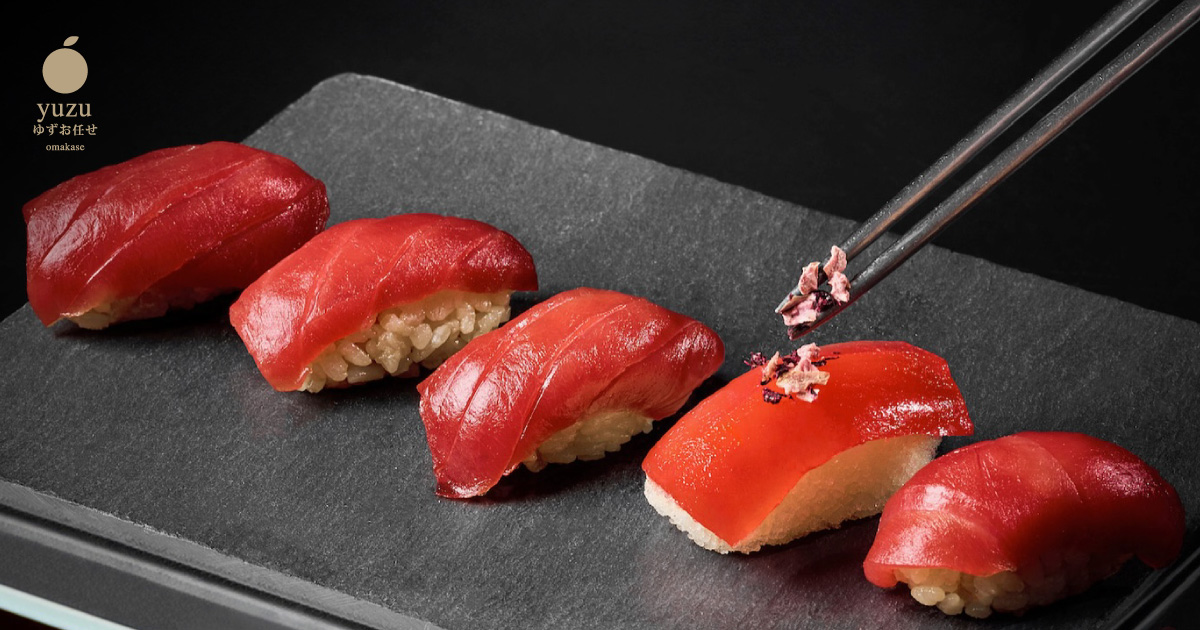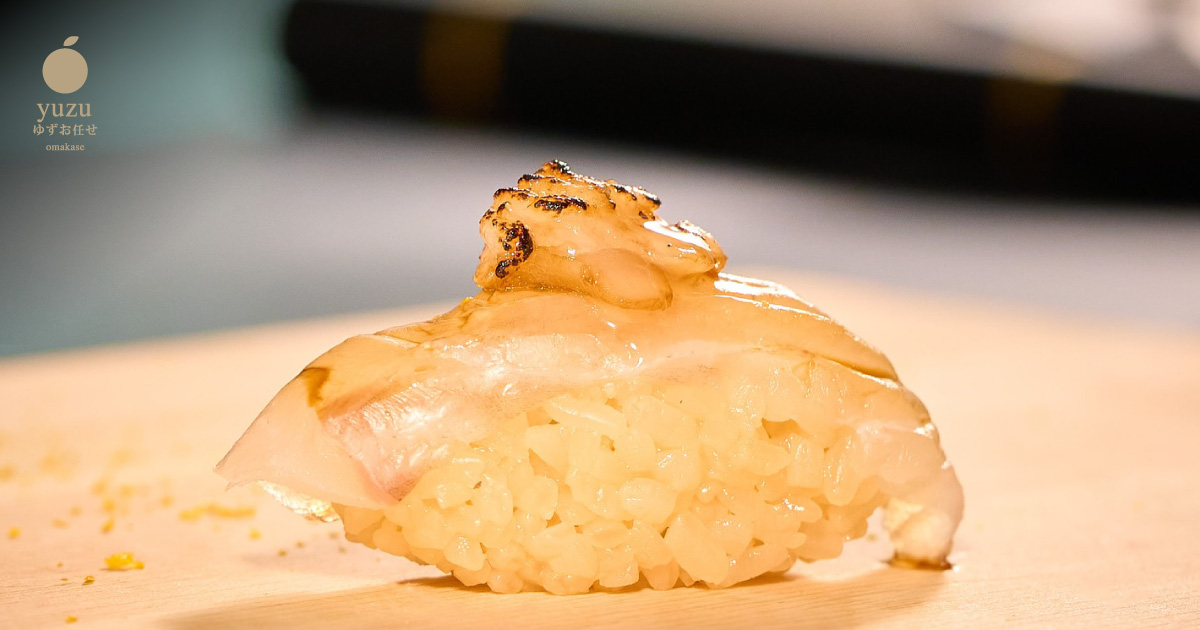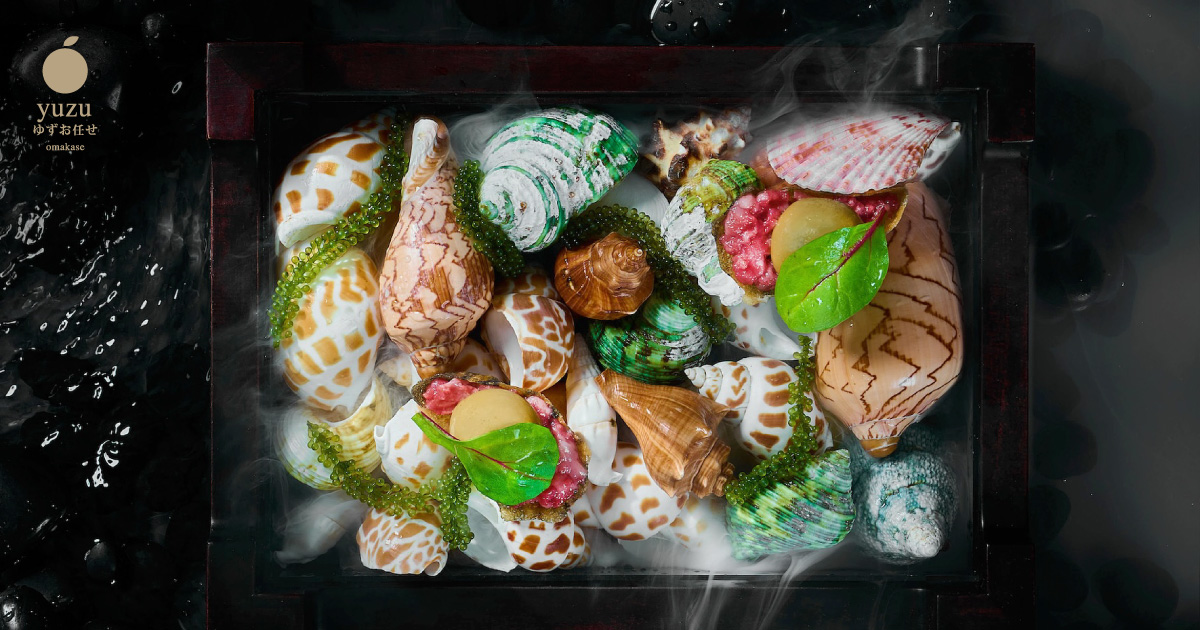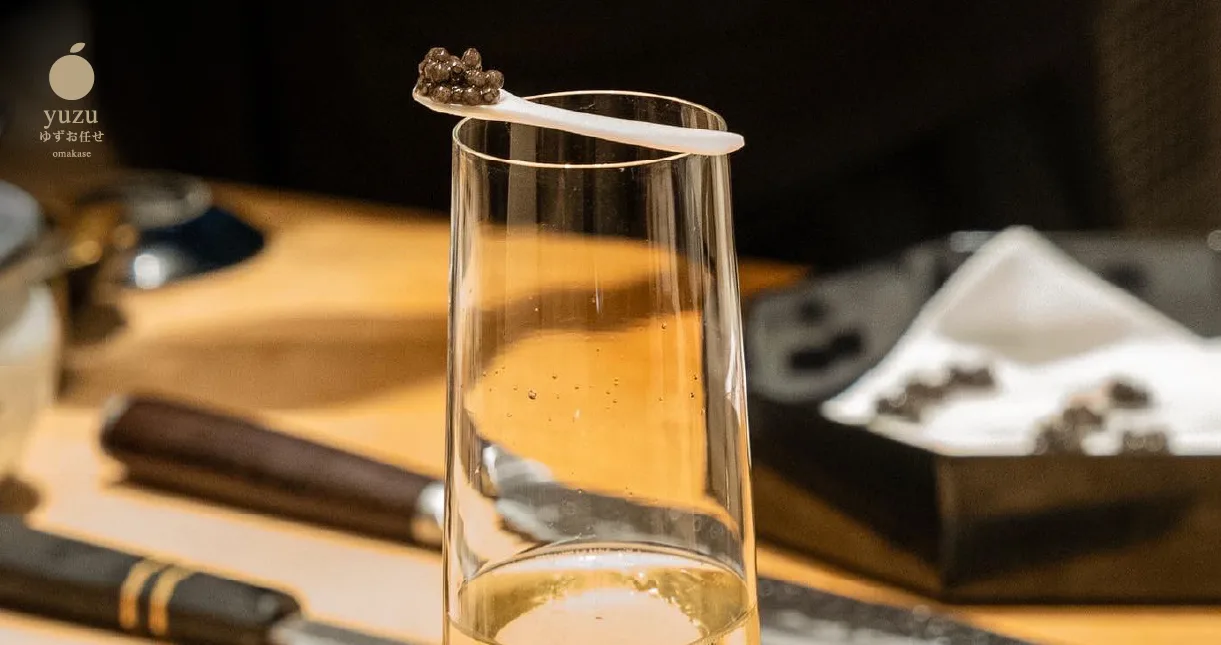
Sake and Sushi : A Perfect Pairing at Yuzu Omakase
When it comes to Japanese cuisine, the harmony of flavors and traditions is paramount. At Yuzu Omakase in Bangkok, this harmony is embodied in the exquisite pairing of sake and sushi. The delicate balance between the freshness of the sushi and the nuanced flavors of sake creates a dining experience that transcends the ordinary, inviting patrons to explore a world of taste and tradition.
The World ● 2024 Jun 21
Sake and Sushi : A Perfect Pairing at Yuzu Omakase
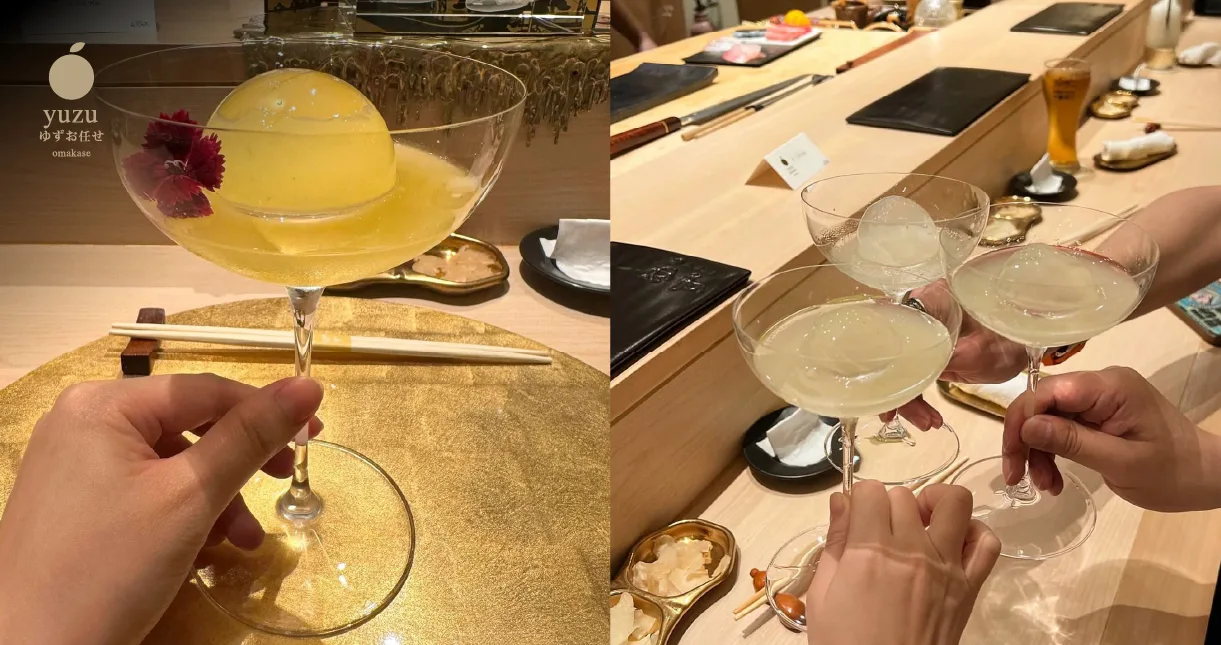
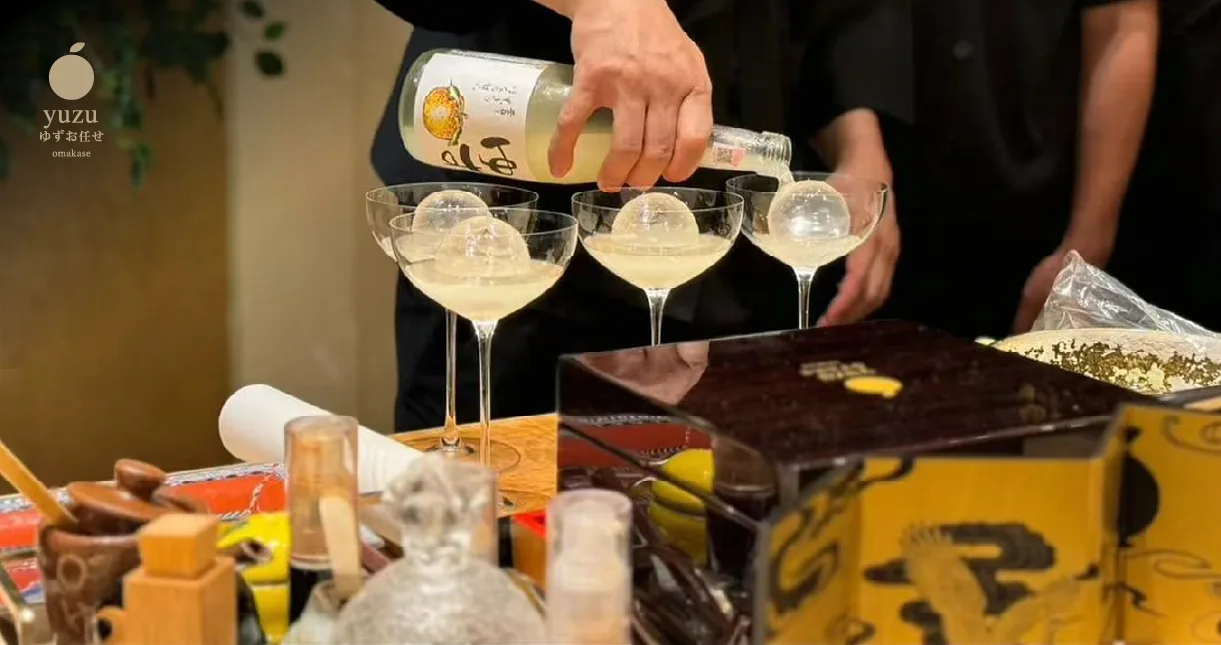
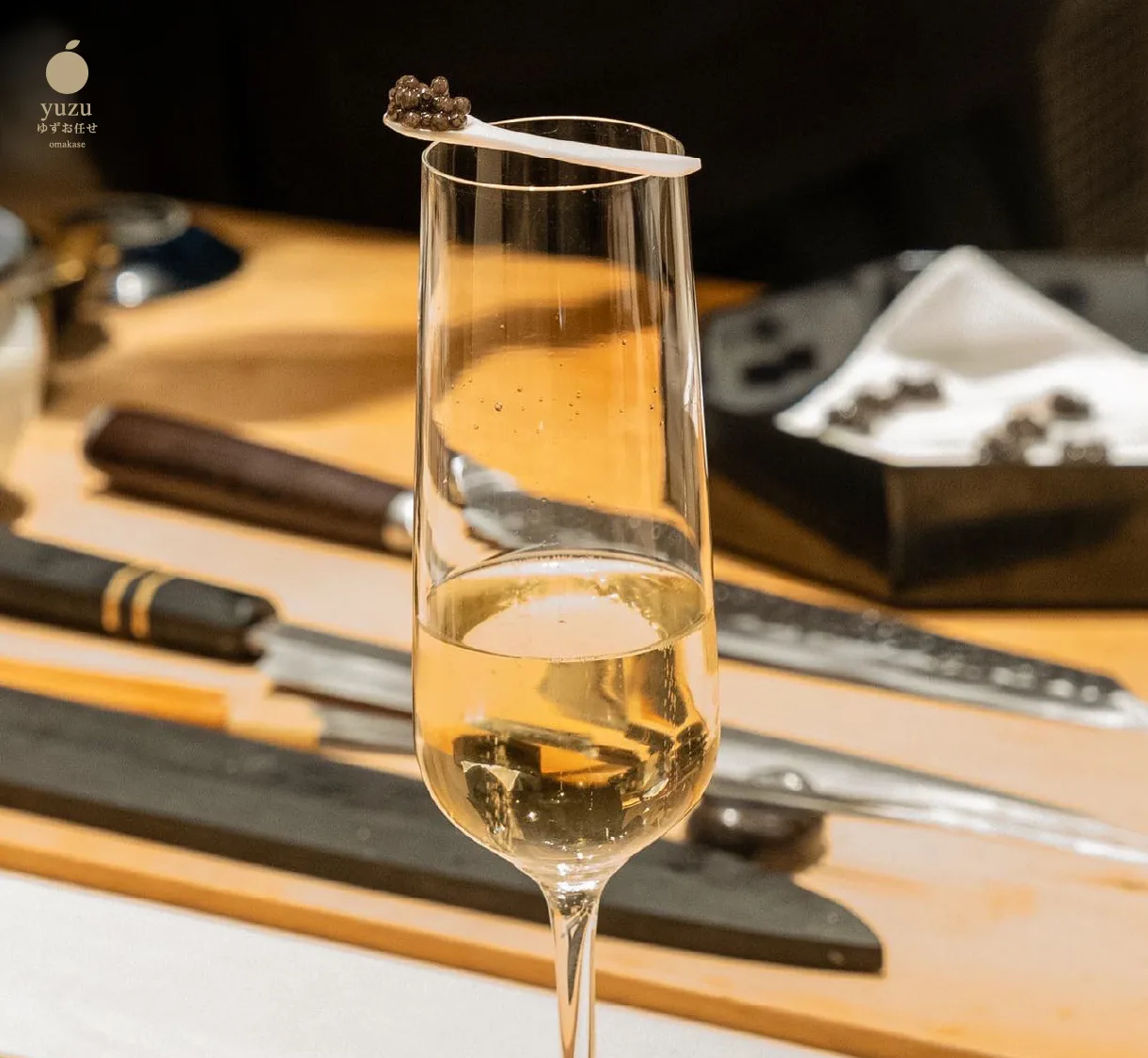
The Art of Sake Pairing
Sake, a traditional Japanese rice wine, is an integral part of Japanese dining culture. At Yuzu Omakase, we elevate this tradition by meticulously pairing different types of sake with our sushi offerings. Each pairing is designed to enhance the flavors of the sushi, creating a symbiotic relationship between the food and the drink.
Understanding Sake
Before delving into the pairings, it’s essential to understand the basics of sake. Sake is brewed from rice, water, yeast, and koji mold. The brewing process and the type of rice used significantly influence the flavor profile of the sake. There are several types of sake, including Junmai, Ginjo, Daiginjo, and Honjozo, each with its unique characteristics.
1. Junmai
Known for its rich and full-bodied flavor, Junmai sake is made with only rice, water, yeast, and koji, without any added alcohol.
2. Ginjo
A more refined sake, Ginjo is brewed with rice polished to 60% of its original size, resulting in a light and fragrant drink.
3. Daiginjo
Considered the pinnacle of sake brewing, Daiginjo uses rice polished to at least 50% of its original size, offering a delicate and complex flavor profile.
4. Honjozo
This sake includes a small amount of distilled alcohol, which helps to enhance its aroma and flavor.
The Perfect Pairings
At Yuzu Omakase, our chefs and sake sommeliers work together to create pairings that highlight the best of both worlds. Here are some of our signature pairings:
Akami with Junmai Sake
Akami, the leaner part of the tuna, has a robust flavor that pairs beautifully with the rich and full-bodied taste of Junmai sake. The umami of the tuna and the depth of the Junmai create a harmonious balance, enhancing the natural flavors of the fish.
Otoro with Daiginjo Sake
Otoro, the fatty belly of the tuna, is a delicacy known for its melt-in-the-mouth texture. Paired with Daiginjo sake, the subtle sweetness and delicate complexity of the sake complement the rich, buttery flavor of the Otoro, creating an indulgent and luxurious experience.
Uni with Ginjo Sake
Uni, or sea urchin, offers a creamy texture and a sweet, briny flavor. The light and fragrant profile of Ginjo sake pairs perfectly with Uni, enhancing its natural sweetness and adding a refreshing contrast to its richness.
Anago with Honjozo Sake
Anago, or saltwater eel, is often served with a sweet glaze. The slight sweetness and the umami of the Anago are balanced by the crisp and slightly dry profile of Honjozo sake, creating a well-rounded and satisfying pairing.
Enhancing the Experience
Pairing sake with sushi is not just about matching flavors; it’s about enhancing the overall dining experience. At Yuzu Omakase, we believe in creating a multisensory journey that engages all the senses. Here’s how we elevate the pairing experience:
Temperature and Serving
The temperature at which sake is served can significantly influence its flavor. For instance, Daiginjo sake is often best enjoyed chilled to highlight its delicate flavors, while Junmai sake can be enjoyed either warm or at room temperature to bring out its rich and robust character. Our sommeliers carefully select the serving temperature to enhance the pairing.
Presentation
Presentation is a crucial aspect of the dining experience at Yuzu Omakase. Our sushi and sake pairings are presented with meticulous attention to detail, ensuring that each dish is a feast for the eyes as well as the palate. Beautifully crafted sushi pieces are served on elegant dishes, complemented by traditional sake cups that enhance the aesthetic appeal.
Education and Engagement
We believe that an informed diner is an appreciative diner. Our staff is trained to educate patrons about the different types of sake and the rationale behind each pairing. By sharing insights into the brewing process and flavor profiles, we engage our guests and deepen their appreciation for the art of sake pairing.
A Journey Through Our Menu
Our ever-evolving menu at Yuzu Omakase is designed to showcase the best of seasonal ingredients and traditional techniques. Here are some of the highlights that exemplify our dedication to culinary excellence:
Kinki Sushi
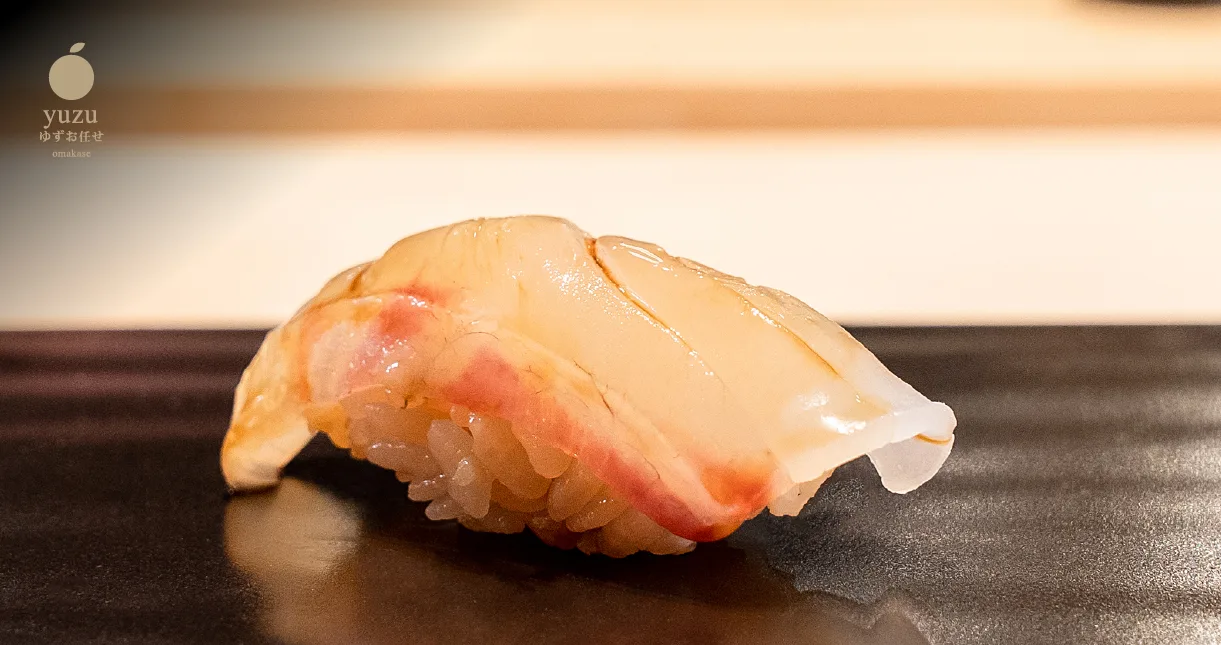
Kinki, or thornhead fish, is a rare and highly prized ingredient known for its rich flavor and tender texture. Our chefs prepare Kinki sushi with precision, lightly searing the fish to enhance its natural umami. Paired with a light and aromatic Ginjo sake, this dish is a testament to the delicate balance of flavors that define our menu.
Zuwai Tofu Tempura Caviar
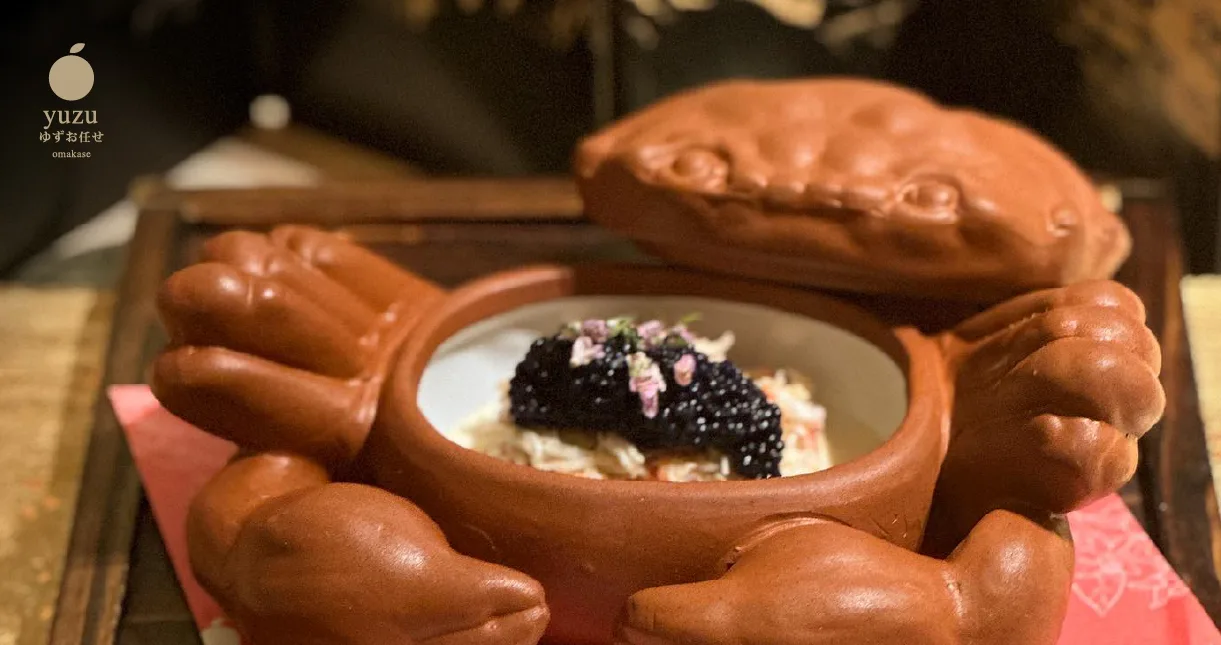
A fusion of traditional and contemporary elements, this dish features delicate Zuwai crab and tofu tempura topped with luxurious caviar. The crispiness of the tempura, the sweetness of the crab, and the salty richness of the caviar create a symphony of flavors. This dish pairs beautifully with a clean and crisp Junmai sake, which complements the diverse textures and flavors.
Uni Abuta Toast Truffle
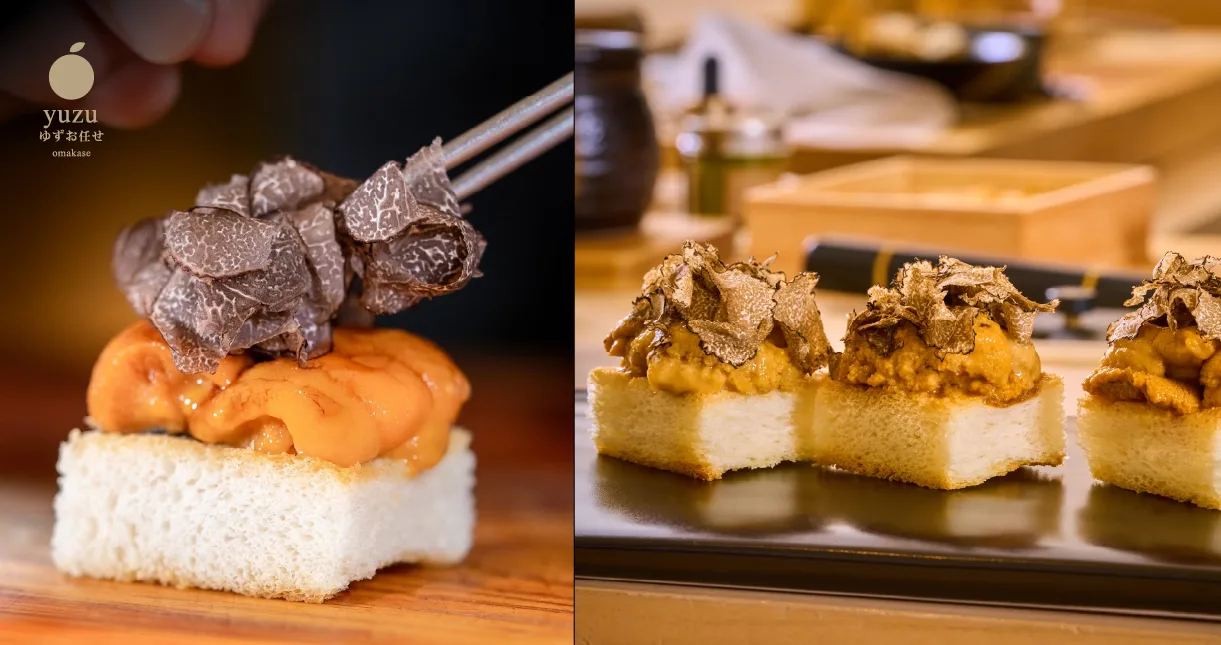
This dish is a celebration of luxury ingredients, combining creamy Uni with the earthy aroma of truffle, served on a toasted bread base. The richness of the Uni and truffle is balanced by a dry and crisp Honjozo sake, providing a refreshing contrast and enhancing the umami flavors.
Beyond Sushi: The Yuzu Omakase Experience
While our sushi and sake pairings are at the heart of Yuzu Omakase, we offer a comprehensive dining experience that goes beyond the plate. Our commitment to excellence is reflected in every aspect of our restaurant, from the ambiance to the service.
Ambiance
Located in the vibrant Siam Square district of Bangkok, Yuzu Omakase offers a serene escape from the bustling city streets. Our restaurant is designed to provide an intimate and tranquil dining environment, with elegant décor and a focus on comfort. The soft lighting and minimalist design create a calming atmosphere that allows guests to fully immerse themselves in the dining experience.
Service
At Yuzu Omakase, we pride ourselves on providing impeccable service. Our staff is trained to anticipate the needs of our guests, ensuring that every detail is attended to. From the moment you step into our restaurant, you are greeted with warmth and hospitality, creating a welcoming and memorable experience.
Innovation and Tradition
Our culinary philosophy is rooted in the balance between innovation and tradition. While we honor the time-honored techniques of Japanese cuisine, we also embrace creativity and experimentation. This approach allows us to continually evolve our menu, offering new and exciting dishes that surprise and delight our guests.
Conclusion : A Culinary Destination
Yuzu Omakase is more than just a restaurant; it is a culinary destination where tradition meets innovation, and every meal is a journey. Our dedication to the art of sushi and sake pairing, combined with our commitment to excellence in every aspect of our service, makes us a standout in Bangkok’s dynamic dining scene.
Whether you are a seasoned sushi enthusiast or a curious newcomer, we invite you to experience the magic of Yuzu Omakase. Discover the perfect harmony of flavors, the meticulous craftsmanship, and the warm hospitality that define our restaurant. Join us for an unforgettable dining experience that celebrates the best of Japanese cuisine.

RELATE



